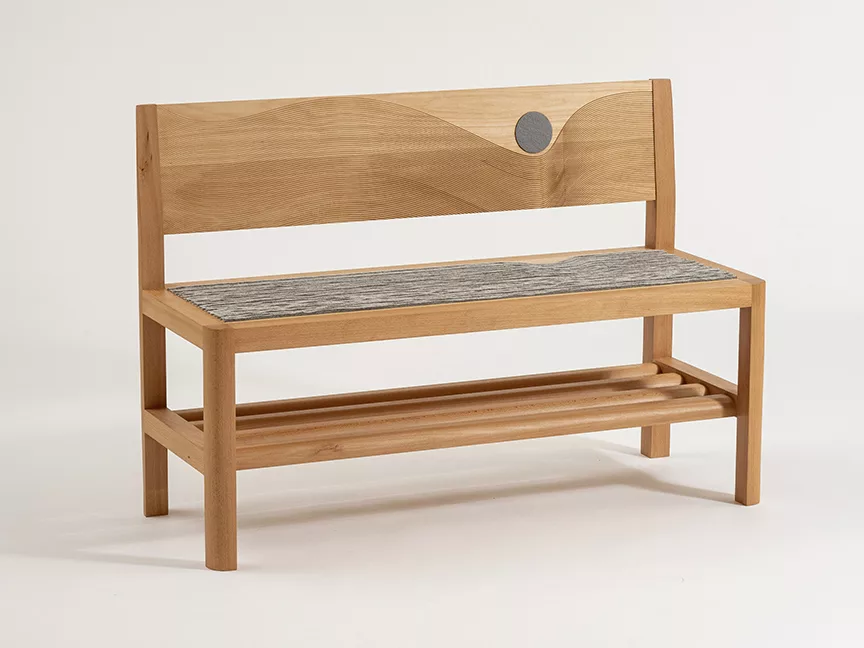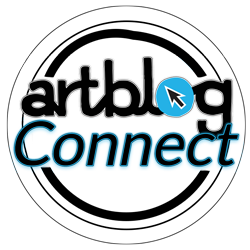
- This event has passed.
Rhythms WEM’s 30th Annual Juried Woodworking Exhibition
June 13 @ 10:00 am - September 8 @ 3:00 pm
Wharton Esherick Museum
1520 Horseshoe Trail
Malvern,
PA
19355
United States

The Wharton Esherick Museum (WEM) is pleased to announce the opening of Rhythms: WEM’s 30th Annual Juried Woodworking Exhibition, on view beginning June 13, 2024.
Since 1994, the WEM’s annual rhythm has included the Juried Woodworking Exhibition, designed to highlight connections between Esherick’s creative legacy and the work of contemporary makers. For thirty years, this project has showcased works by hundreds of professional woodworkers, artists, designers, hobbyists, and craftspeople that reflect a form or theme drawn from Esherick’s life.
This year, WEM invited artists to share works that explore the rhythms that shape their creative lives. Rhythm – often defined as a strong, regular, repeated pattern of movement or sound – has appeared in Esherick’s artistic life in both concept and practice. Many of the progressive artistic communities Esherick aligned himself with believed that human, creative, and natural rhythms are inextricably interconnected. We see this in form when walking into Esherick’s Studio. Visual rhythms echo throughout the building in features as varied as the repeating sculptured treads of Esherick’s iconic Spiral Staircase (1930) and the dappled paint of the silo, whose color reflects the annual rhythm of autumn’s changing leaves.
While the twenty-five artists featured in this publication each think differently about this concept, each skillfully uses Esherick’s chosen medium of wood to invite us into the patterns shaping their own lives and thoughts. A selection of the prizewinning works will be on display in the museum Visitor Center, with the remaining artworks included in a virtual exhibition. Like Esherick moving between two- and three-dimensional work, Rhythms first place winner Chelsea Witt works in both printmaking and furniture to explore core ideas. Conflict Can Amplify Love and Reaction, a block print and a bench, each feature flowing parallel lines which change as they meet an intrusive round object. While we don’t know whether this form is an obstacle or a partner for collaboration, we are invited to follow the new pathways created by this encounter.

